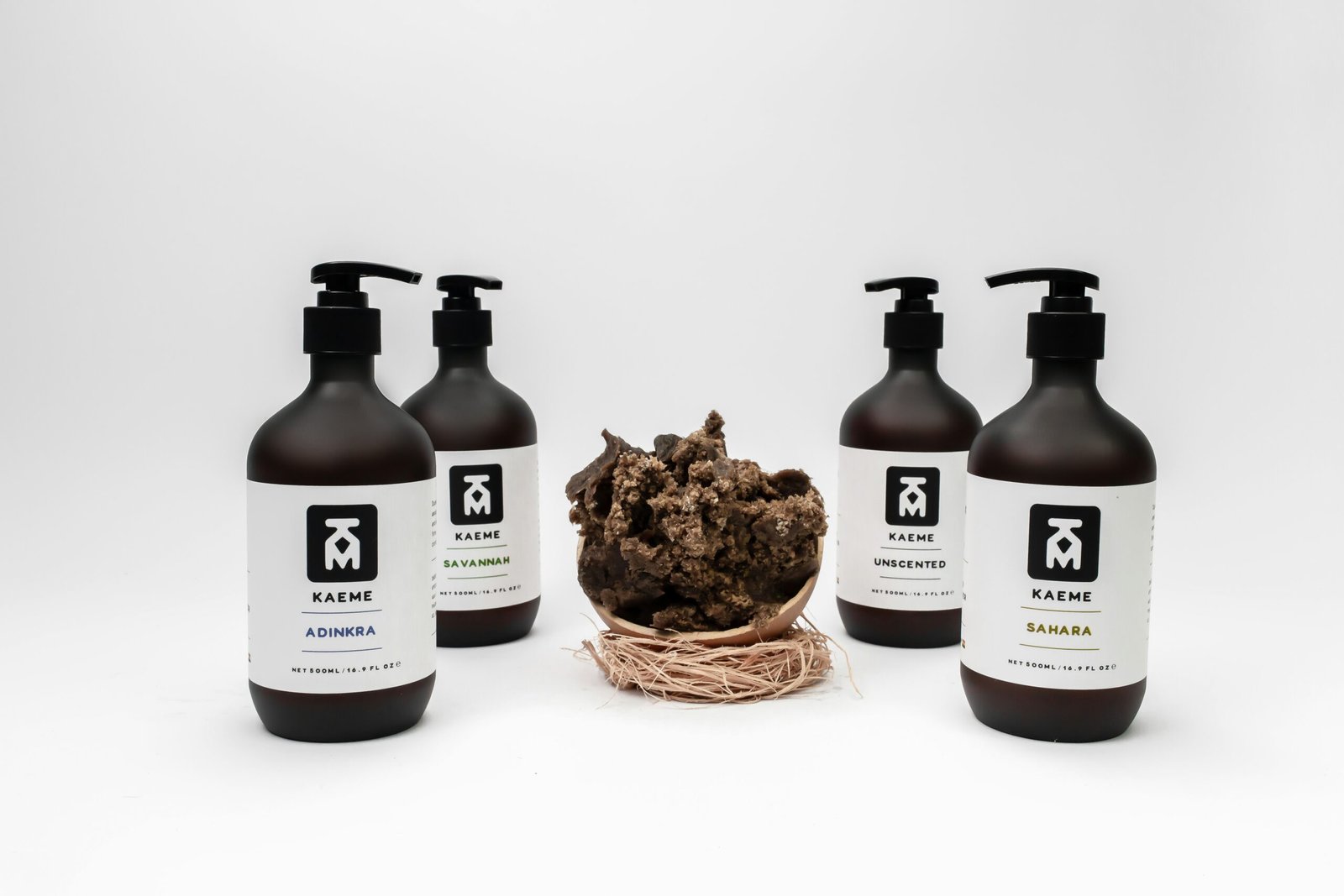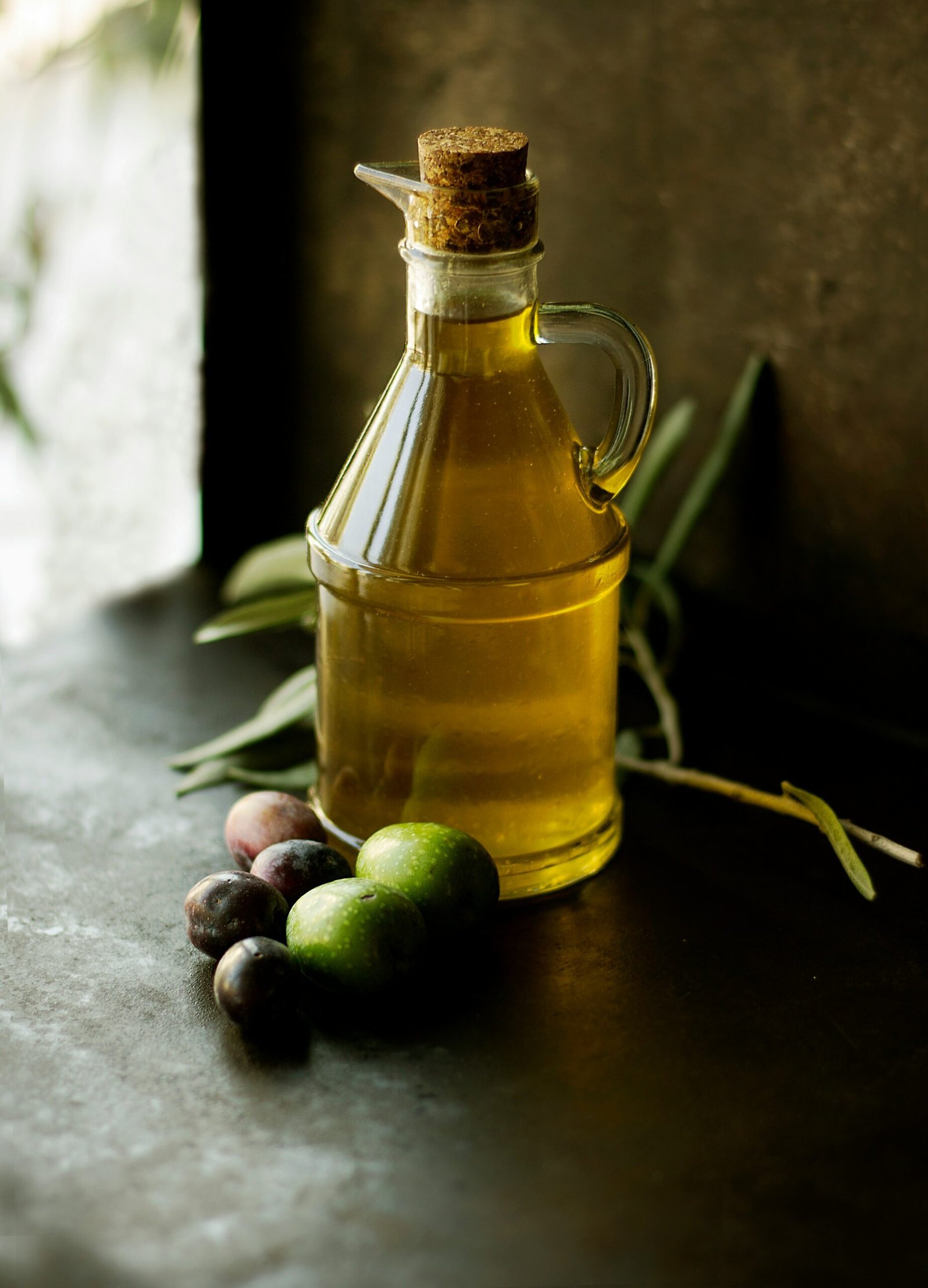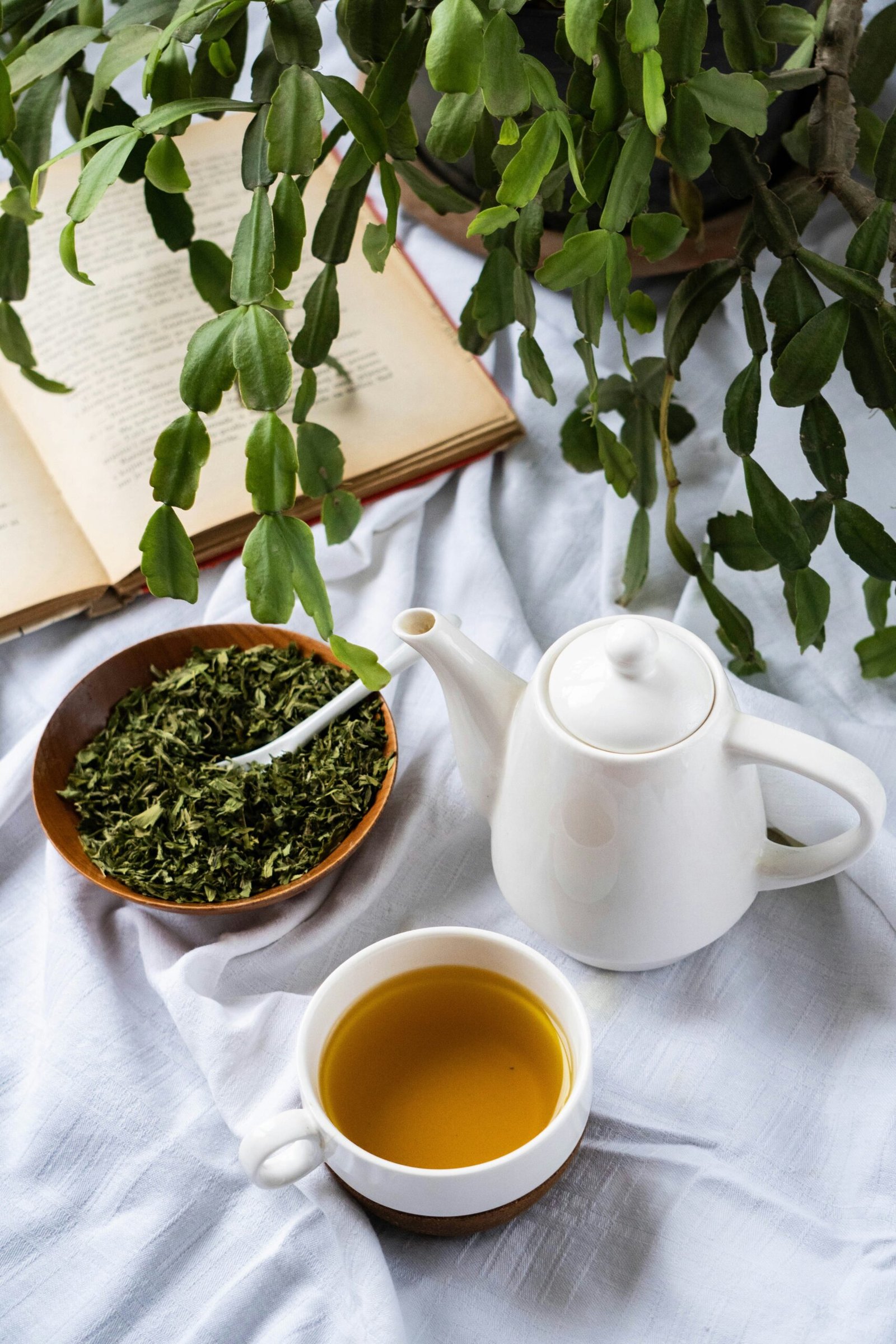The Beauty Benefits of Rose Water and Ghassoul Lava Clay for Hair and Skin
Introduction to Rose Water and Ghassoul Lava Clay Rose water and ghassoul lava clay are two remarkable ingredients that have been treasured for centuries in beauty and skincare routines. Originating from ancient cultures, these natural resources have maintained their significance, evolving into contemporary practices that emphasize holistic skin and hair care. Rose water, made from […]
The Beauty Benefits of Rose Water and Ghassoul Lava Clay for Hair and Skin Read More »




